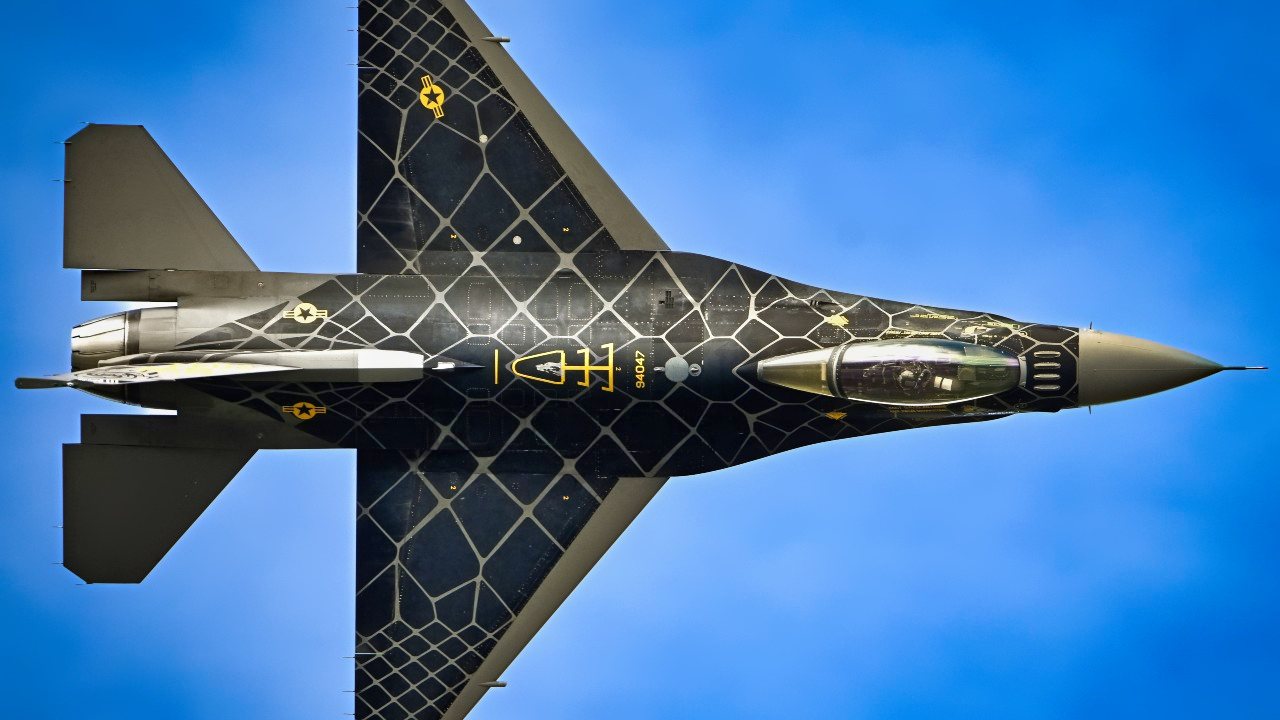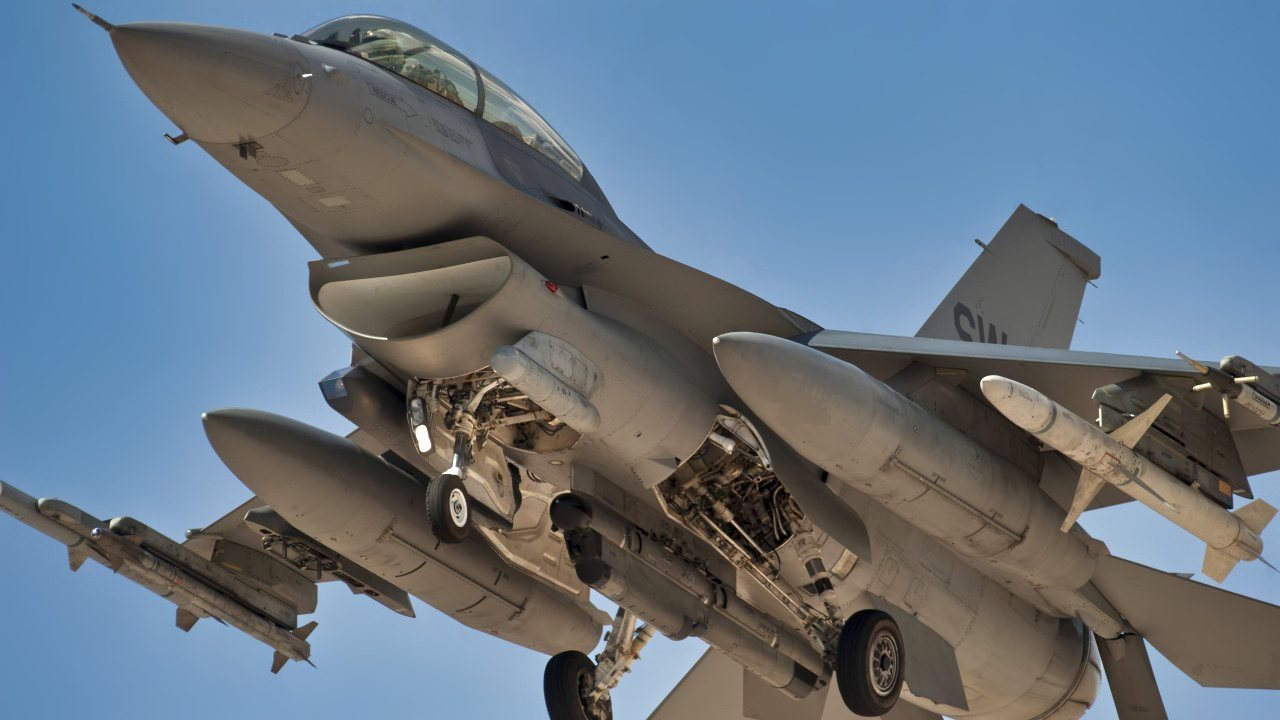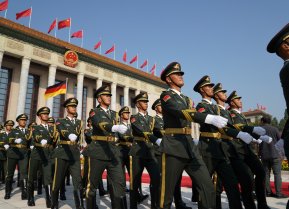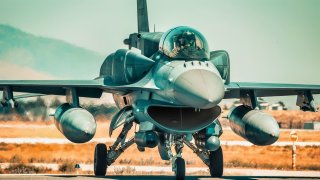Taiwan Has Transformed Its F-16 Fighters Into Deadly 'Vipers'
While China continues to increase the tension in the Indo-Pacific, Taiwan is bolstering its air power with the most advanced version of the F-16 Fighting Falcon fighter jet.
While China continues to increase the tension in the Indo-Pacific, Taiwan is bolstering its air power with the most advanced version of the F-16 Fighting Falcon fighter jet.
“Peace Phoenix Rising” for F-16 Fighters in Taiwan
With a cost of $4.5 billion, the Peace Phoenix Rising program upgraded 139 older versions of the F-16 fighter jet to the Block 70/72 Viper iteration. The Taiwanese Air Force now has a most modern and capable aircraft in its fleet.
The newest version of the venerable fighter jet, the Block 70/72 Viper upgrade, has one-third more service life (12,000 hours compared to 8,000 hours) and modern sensors that allow it to operate seemingly with fifth-generation fighter jets like the F-22 Raptor and F-35 Lighting II.
Some of these sensors include the Active Electronically-Scanned Array (AESA) radar, Sniper targeting pod, Link 16 network connecting software, and precision GPS navigation. The F-16 Viper can also carry more advanced weapon systems and has a more robust landing gear.
“Additional modifications to the aircraft include a slew of structural upgrades to the wings, fuselage and landing gear that make the aircraft more capable and sustainable. It also allows for a heavier takeoff as well as increased landing weight,” Nathan Frock, the Air Force Life Cycle Management Center’s acting security assistance program manager for the Taiwan F-16 retrofit program, said.
The next step for the Taiwanese Air Force is to receive 66 brand new F-16 Block 70/72 Viper fighter jets to increase its combat fleet further. The program has a cost of $8 billion but is behind schedule—like many other defense programs of the Taiwanese military.
The Taiwanese Air Force has a credible fleet of combat aircraft. In terms of fighter jets, Taipei bolsters almost 300 aircraft of four types: F-5 Tiger, Dassault Mirage 2000D, F-16 Fighting Falcon, and F-CK-1 Ching-Kuo. The F-5s are obsolete, and the Taiwanese Air Force is planning on replacing them.
China's Air Force: An Increasing Threat & the United States
Over the past couple of years, the Chinese Air Force has conducted increasingly more violations of Taiwanese airspace in a clear message to Taipei. In the event of a conflict, the Taiwanese military would likely be able to put up a fight, but for how long is uncertain.

Overall, the Chinese military is more advanced and has more aircraft. In addition, Taiwan is within reach of Chinese ballistic missiles, further complicating a defensive effort. The Taiwanese Air Force has taken steps, including building underground airfields, to ensure it survives a surprise attack.

However, that is not enough in the long term. If China to invade Taiwan and force a reunification, U.S. involvement would be key and could tilt the balance toward Taipei. Although Washington has historically kept an ambiguous stance with respect to coming to the defense of Taiwan, letting Taipei fall to China could cause a domino effect in the region, pushing U.S. allies and partners to rethink their relationship with America.
The question of Taiwan is bigger than the small island. Ukraine showed that howsoever big and powerful the adversary, grit, courage, and strong friends can be the best defense.
About the Author
Stavros Atlamazoglou is a seasoned defense journalist specializing in special operations and a Hellenic Army veteran (national service with the 575th Marine Battalion and Army HQ). He holds a BA from Johns Hopkins University and an MA from the Johns Hopkins School of Advanced International Studies (SAIS). His work has been featured in Business Insider, Sandboxx, and SOFREP. Email the author: [email protected].


